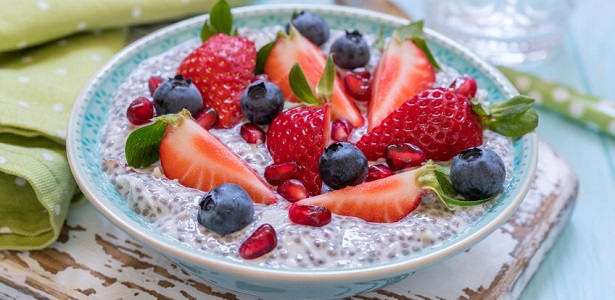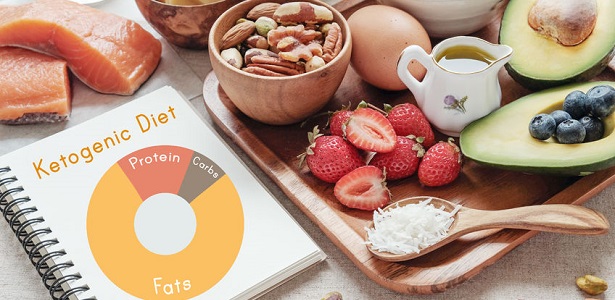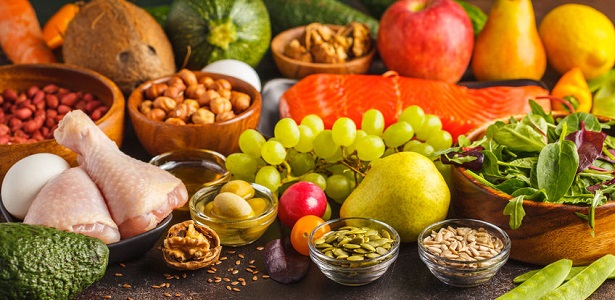The Perfect Ketogenic Breakfast
While originally derived to help treat children’s epilepsy, the ketogenic diet has been picking up speed in the weight loss world. This high fat, low carb diet has its followers consuming less than 30 grams of carbohydrates for an entire day. With such a low intake of carbs, your body must find other ways to make the energy it needs for daily functioning. Therefore, your body goes into a state of ketosis, which basically means your body starts to burn fat for energy instead of carbs. This allows all of the fats you are eating, as well as any excess fat in your body to get used up for this energy conversion process, which in turn causes you to lose weight.
What Can You Eat For Breakfast?
Being on such a low carb diet, automatic breakfast foods, like cereal, pancakes, or french toast are out of the question. So, what’s left? Eggs and breakfast meats are a common staple for those following this kind of diet. There are lots of recipes available to help you keep your diet varied so you don’t get bored of eating scrambled eggs and sausage every morning. Things like a crustless quiche, or scrambled egg cups with veggies can be great grab-and-go options if you are in a hurry in the morning.
And, what can you eat if you’re not an egg person? While eggs are a great source of protein, there are still plenty of things to eat without ever having to touch an egg. Ingredients like cottage cheese or almond butter are great ways to start your day off right. Try putting cottage cheese with some big slices of tomato, or having a few tablespoons of nut butter with an apple!
Ketogenic Breakfasts Without Ketosis
Many people have claimed that even while not being on a full-time ketogenic diet, eating a ketogenic style breakfast helps them start their day off better. While you may not be in a state of ketosis, because you do not follow the diet all day long, having a breakfast that is high in fat and protein, while keeping the carbohydrates to a minimum can kickstart your metabolism to work better throughout the day. Many athletes and trainers follow this diet for their morning meal and have said that if they try to eat carbs in the morning now, they feel tired and lethargic for the rest of the day. This is not to say these athletes don’t eat carbs during the rest of their day, but avoiding them in the early hours helps their metabolism keeping them feeling right throughout the day!
Conclusion
We all know that breakfast is the most important meal of the day! But, when we load that meal up with carbohydrates, its not working for us the way we want! Whether you have decided to follow a ketogenic diet for your entire meal plan, or are just trying to jumpstart your metabolism in the morning, lowering your carbohydrate intake and raising your fat and protein intake can make sure you’ll be on the right path for the rest of your day.

 Subscribe Now
Subscribe Now



